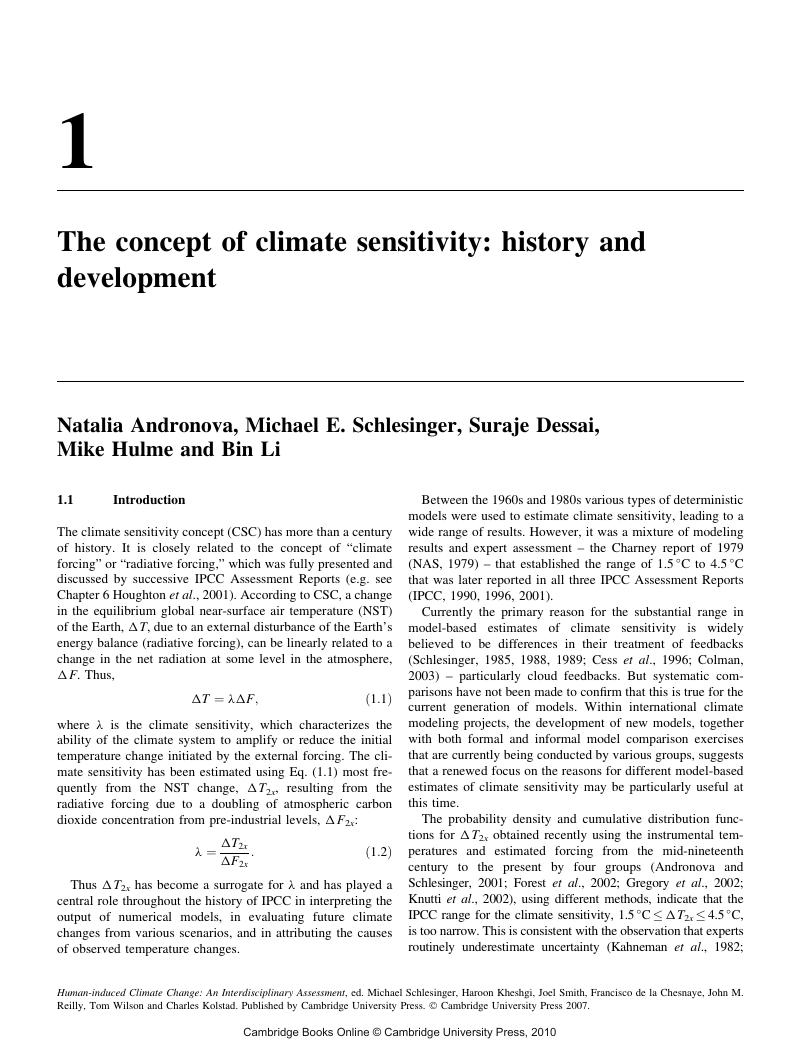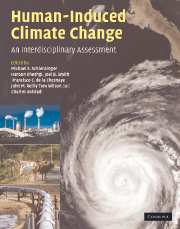Book contents
- Frontmatter
- Contents
- List of contributors
- Preface
- Part I Climate system science
- 1 The concept of climate sensitivity: history and development
- 2 Effect of black carbon on mid-troposphere and surface temperature trends
- 3 Evaluating the impacts of carbonaceous aerosols on clouds and climate
- 4 Probabilistic estimates of climate change: methods, assumptions and examples
- 5 The potential response of historical terrestrial carbon storage to changes in land use, atmospheric CO2, and climate
- 6 The albedo climate impacts of biomass and carbon plantations compared with the CO2 impact
- 7 Overshoot pathways to CO2 stabilization in a multi-gas context
- 8 Effects of air pollution control on climate: results from an integrated global system model
- Part II Impacts and adaptation
- Part III Mitigation of greenhouse gases
- Part IV Policy design and decisionmaking under uncertainty
- Index
- Plate section
- References
1 - The concept of climate sensitivity: history and development
from Part I - Climate system science
Published online by Cambridge University Press: 06 December 2010
- Frontmatter
- Contents
- List of contributors
- Preface
- Part I Climate system science
- 1 The concept of climate sensitivity: history and development
- 2 Effect of black carbon on mid-troposphere and surface temperature trends
- 3 Evaluating the impacts of carbonaceous aerosols on clouds and climate
- 4 Probabilistic estimates of climate change: methods, assumptions and examples
- 5 The potential response of historical terrestrial carbon storage to changes in land use, atmospheric CO2, and climate
- 6 The albedo climate impacts of biomass and carbon plantations compared with the CO2 impact
- 7 Overshoot pathways to CO2 stabilization in a multi-gas context
- 8 Effects of air pollution control on climate: results from an integrated global system model
- Part II Impacts and adaptation
- Part III Mitigation of greenhouse gases
- Part IV Policy design and decisionmaking under uncertainty
- Index
- Plate section
- References
Summary

- Type
- Chapter
- Information
- Human-Induced Climate ChangeAn Interdisciplinary Assessment, pp. 5 - 17Publisher: Cambridge University PressPrint publication year: 2007
References
- 9
- Cited by



